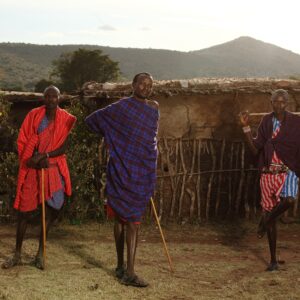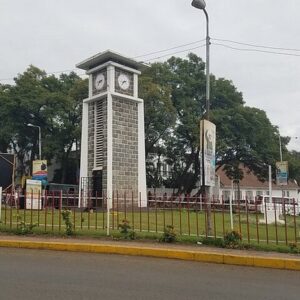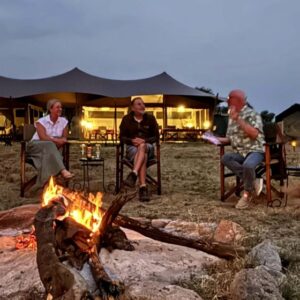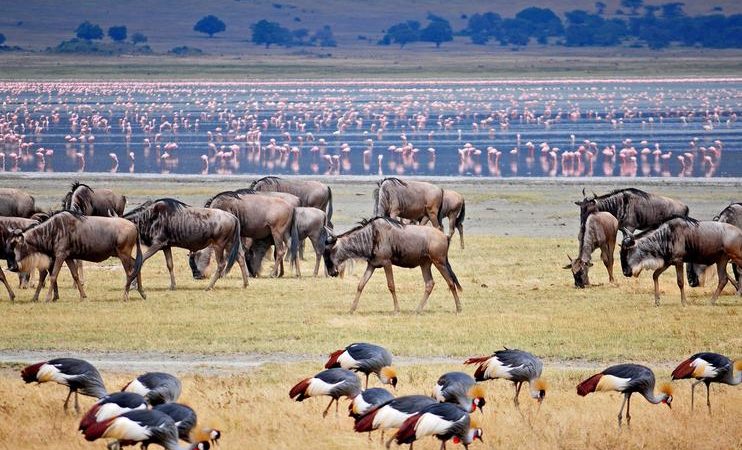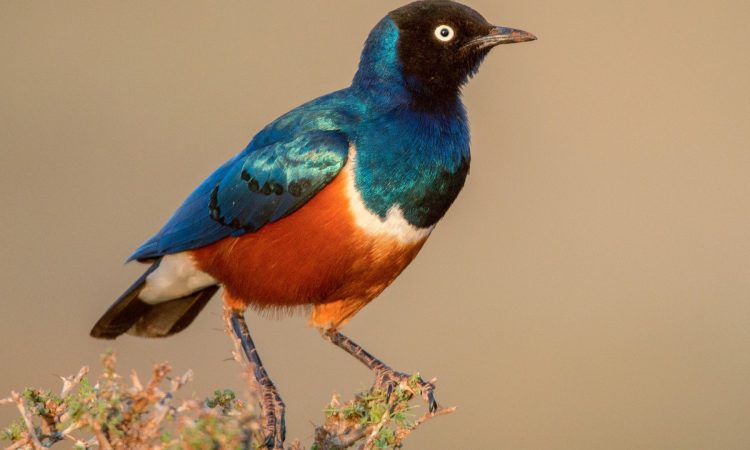What is the Temperature on Mount Kilimanjaro?
Kilimanjaro, the majestic “Roof of Africa,” entices adventurers with its diverse landscapes and challenging climb. But one aspect often underestimated is the mountain’s dramatic temperature variations, which can significantly impact your experience. Let’s delve into the factors shaping Kilimanjaro’s climate and offer insights into what to expect throughout your ascent.
At the beginning of the climb, at the base of the mountain, the average temperature is around 70 to 80 degrees Fahrenheit (21 to 27 degrees Celsius). From there, the temperatures will decrease as you move through Mount Kilimanjaro’s ecological zones.
Temperature, humidity and Precipitation in Moshi, Tanzania.
At the summit, Uhuru Point, the night time temperatures can range between 20 and -20 degrees Fahrenheit (-7 to -29 degrees Celsius). Due to Mount Kilimanjaro’s great height, the mountain creates its own weather. It is extremely variable and impossible to predict. Average Temperature, humidity and Precipitation in Moshi, Tanzania.
| MONTH | LOW (F) | AVERAGE (F) | HIGH (F) | HUMIDITY (%) | RAINFALL (IN) |
| January | 64 | 78 | 92 | 58 | 1.4 |
| February | 64 | 78 | 92 | 57 | 2.0 |
| March | 66 | 78 | 90 | 63 | 4.7 |
| April | 67 | 76 | 85 | 73 | 13.8 |
| May | 65 | 72 | 79 | 77 | 9.3 |
| June | 62 | 70 | 78 | 72 | 1.5 |
| July | 60 | 69 | 78 | 69 | 1.0 |
| August | 60 | 70 | 80 | 66 | 0.7 |
| September | 60 | 71 | 83 | 61 | 0.6 |
| October | 62 | 75 | 88 | 57 | 1.0 |
| November | 64 | 76 | 89 | 57 | 2.5 |
| December | 64 | 77 | 90 | 60 | 2.1 |
As you can see, January and February are the warmest months, April and May are the wettest months, June and July are the coolest months, and August and September are the driest. You’ll notice the same pattern along all Kilimanjaro Mountain Temperatures.
Understanding the Layers:
- Altitude is the key: As you ascend, temperatures plummet due to the decrease in air pressure. Expect a drop of roughly 6°C (10°F) for every 1,000 meters (3,280 feet) gained.
- Seasons play a role: The dry season (December-February & June-October) boasts warmer days and clearer skies, while the wet season (March-May & November) sees cooler temperatures and more precipitation.
- Time of day matters: Daytime temperatures are generally warmer, but nights can be freezing, especially at higher altitudes.
A Zone-by-Zone Breakdown:
- Lowlands (Up to 2,800m): Expect warm to hot temperatures ranging from 18°C to 30°C (64°F to 86°F).
- Mid-Altitudes (2,800m to 4,000m): Temperatures become cooler, ranging from 5°C to 15°C (41°F to 59°F). Layering becomes crucial.
- High Altitudes (4,000m to 5,895m): Prepare for frigid conditions with temperatures ranging from -5°C to -20°C (23°F to -4°F). Proper insulation is essential.
Beyond the Numbers:
- Windchill: The wind on Kilimanjaro can be relentless, making temperatures feel significantly colder than they actually are. Factor windchill into your gear choices.
- Humidity: Humidity varies depending on altitude and season. Higher humidity in the lowlands can make you feel warmer, while drier air at higher altitudes can feel colder.
- Sunshine: Don’t be fooled by the sun at high altitudes. Its intensity can be deceiving, and sunburn is a real risk. Sunscreen and protective clothing are vital.
Planning for the Mount Kilimanjaro Climb:
- Pack for all seasons: Be prepared for drastic temperature changes by layering effectively. Invest in good quality base layers, fleece, and down jackets.
- Consider the month: Research average temperatures for your chosen climbing month to adapt your packing accordingly.
- Consult with experienced guides: They can provide valuable insights on specific route temperatures and recommend appropriate gear.
Is climbing Kilimanjaro Safe?
Climbing Mount Kilimanjaro is not without risks and considered dangerous. Every year, about ten climbers fall to their deaths, and the number is estimated to be much higher, while another 1000 are evacuated to safety from the traps of the mountain.
How Cold Is The Top Of Kilimanjaro?
At the summit, Uhuru Point, the night time temperatures can range between 20 and -20 degrees Fahrenheit (-7 to -29 degrees Celsius). Due to Mount Kilimanjaro’s great height, the mountain creates it’s own weather.
Weather and Seasons on Kilimanjaro
Also, there’s a shorter dry season from January to February, but it’s much less predictable than the longer season. The early rainy season can begin in March and extend through April and into May. The later rainy season extends through October, sometimes beginning in September.
What Are The Daily Temperature Patterns On Kilimanjaro?
Instead, the temperatures on Mount Kilimanjaro are determined more by the altitude and time of day. At the base of the mountain, the average temperature is around 21 to 27 °C and at the summit, Uhuru Peak, the night time temperatures can range between 20 and -20 degrees Fahrenheit (-7 to -29 degrees Celsius).


